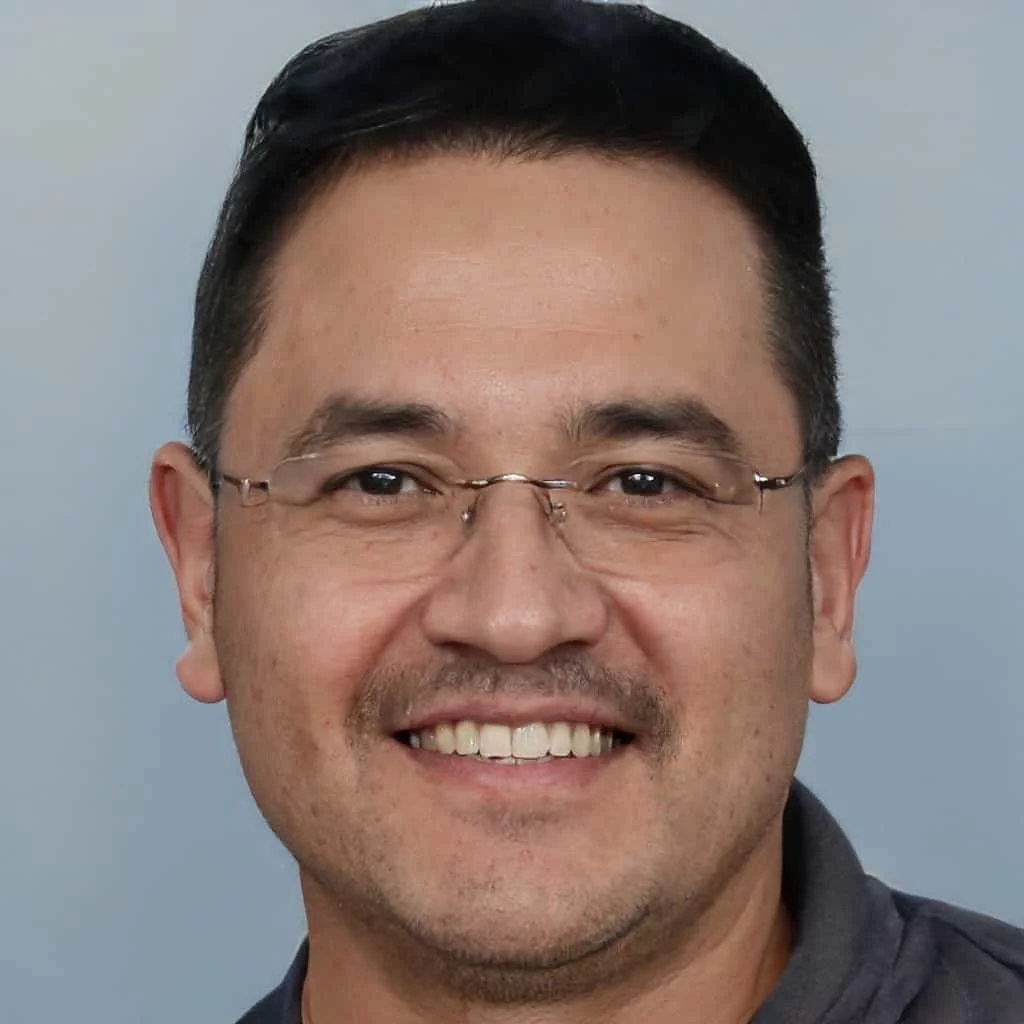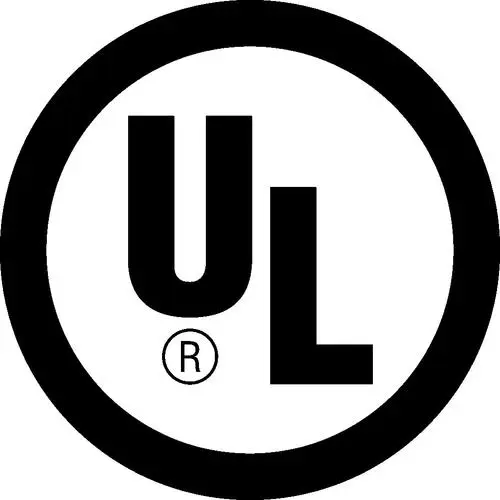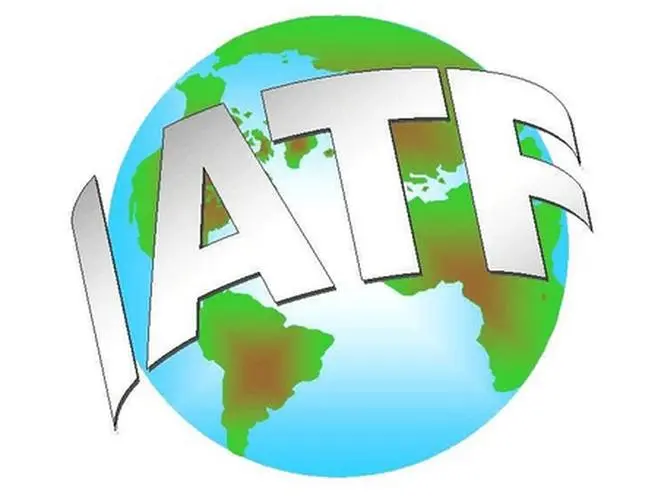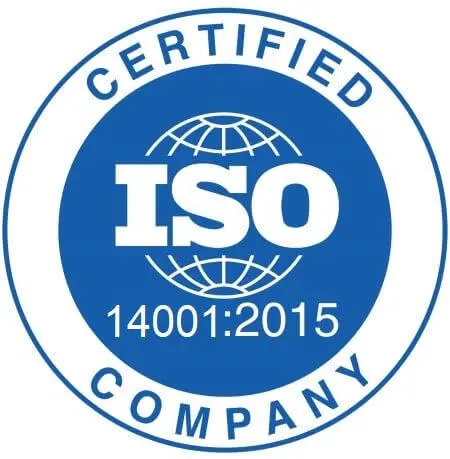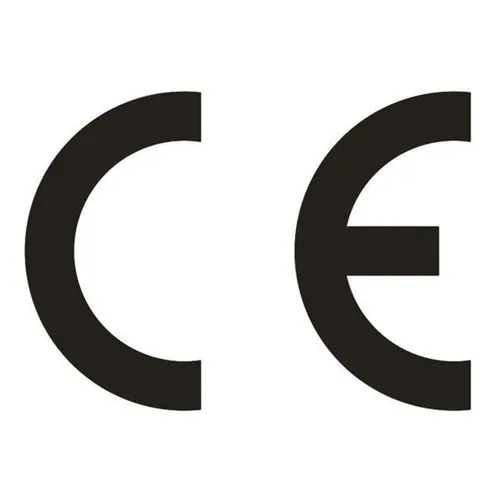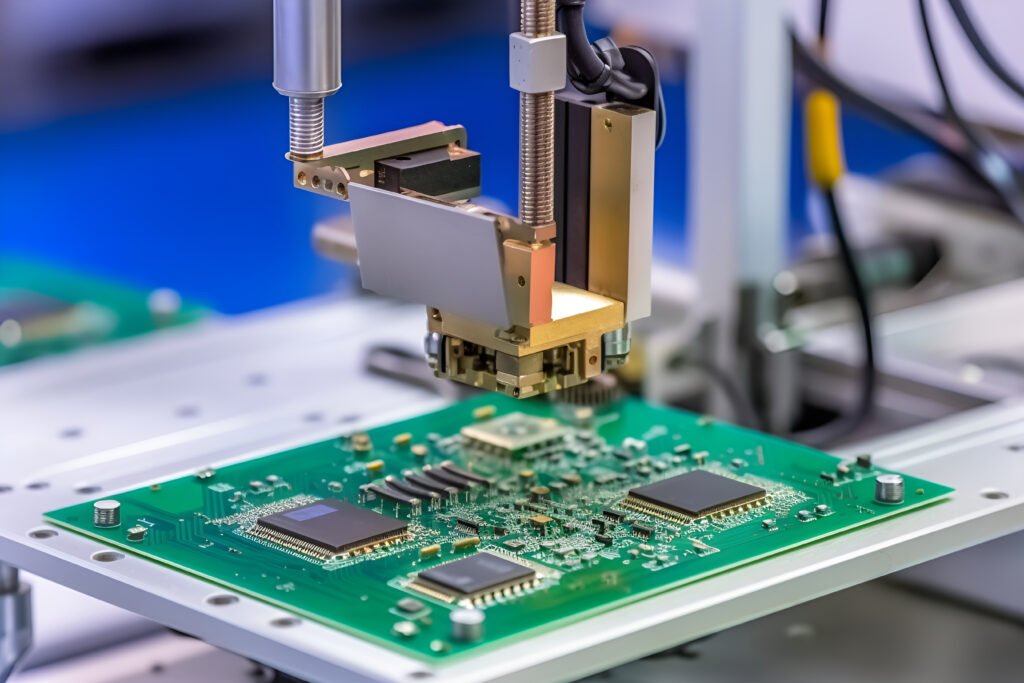The commercial adoption of 5G technology has ushered in a new era of the Internet of Everything, and 6G research and development has entered a critical phase. 6G will operate in the terahertz frequency band (0.1-3THz), with data transmission rates expected to reach 1Tbps. This poses extreme challenges to the high-frequency performance of circuit boards. In 5G communications, circuit boards are primarily used in base station RF modules and terminal antennas, operating in the 28GHz-40GHz frequency band. Materials such as Rogers’ RO4350B can generally meet these requirements. However, in the 6G era, signal wavelengths are shortened to the millimeter level, and the dielectric loss of traditional materials has increased dramatically, leading to serious signal attenuation issues.
Researchers are exploring a new generation of high-frequency materials, with graphene-reinforced composites and low-temperature co-fired ceramics (LTCC) drawing significant attention. Graphene possesses excellent electrical and thermal conductivity. Adding it to substrate materials can reduce the dielectric constant to 2.2 while increasing thermal conductivity to 200W/m·K. A graphene composite substrate developed by Japan’s NTT Corporation reduces signal loss by 30% compared to PTFE at 220GHz. LTCC technology achieves high-density integration by stacking and sintering multiple layers of ceramic substrates. Its dielectric constant remains stable at 5.9, making it suitable for antenna array designs operating in the terahertz band.
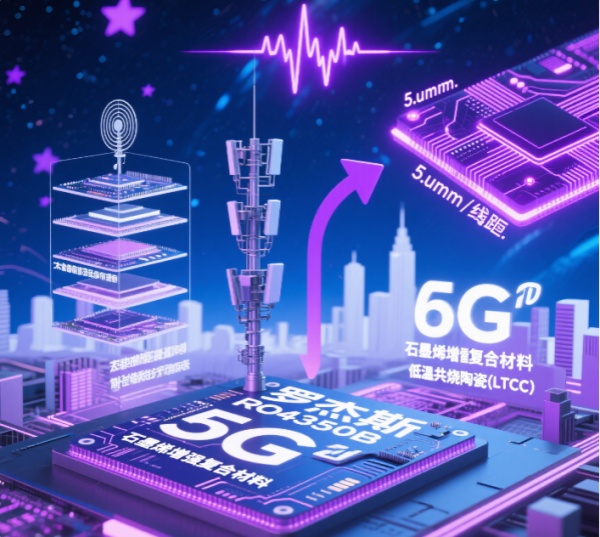
In terms of process technology, 6G circuit boards require breakthroughs in submicron processing precision. TSMC’s extreme ultraviolet lithography (EUV) technology can achieve 5μm line width/spacing, meeting the circuit design requirements of the terahertz frequency band. Furthermore, 3D integration technology is becoming an inevitable trend. Through-silicon vias (TSVs) and wafer-level packaging allow for vertical stacking of antennas, RF chips, and power modules, reducing system size by 70%. The 6G circuit board market is expected to reach $12 billion by 2030, with high-frequency materials and advanced packaging technologies becoming key competitive areas.
Innovation is the core driving force for the development of the PCB industry. With the continuous advancement of technology and the expansion of application areas, PCB products need to constantly adapt to new market demands and technological trends.
In China, Ucreate PCB & Assembly manufacturer has more than 20+ years experience. It is a domestically powerful and technologically advanced company with extensive experience in the design and manufacture of high-frequency circuit boards.
We are certified to ISO 9001, ISO 14001, ISO 13485, IATF 16949, CE, SGS, and UL standards — ensuring high quality and compliance across industries.
Welcome to visit our PCB factory and discuss more. Any help please send us email : sales@ucpcba.com

 English
English
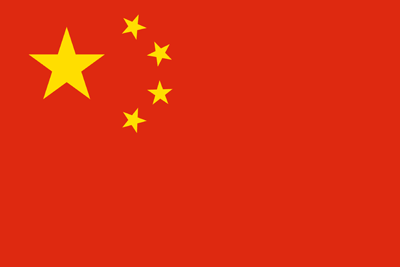 中文
中文
